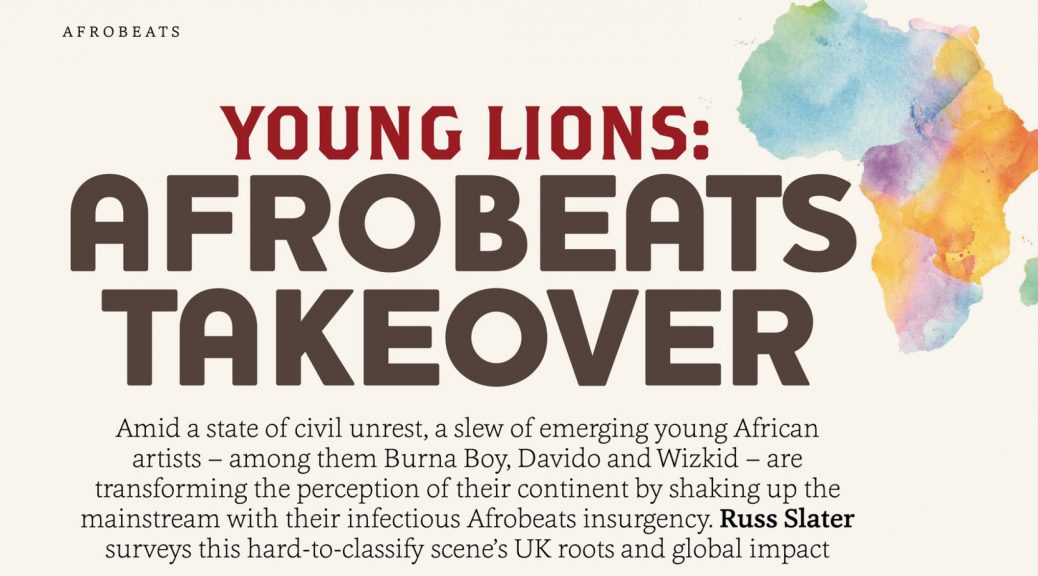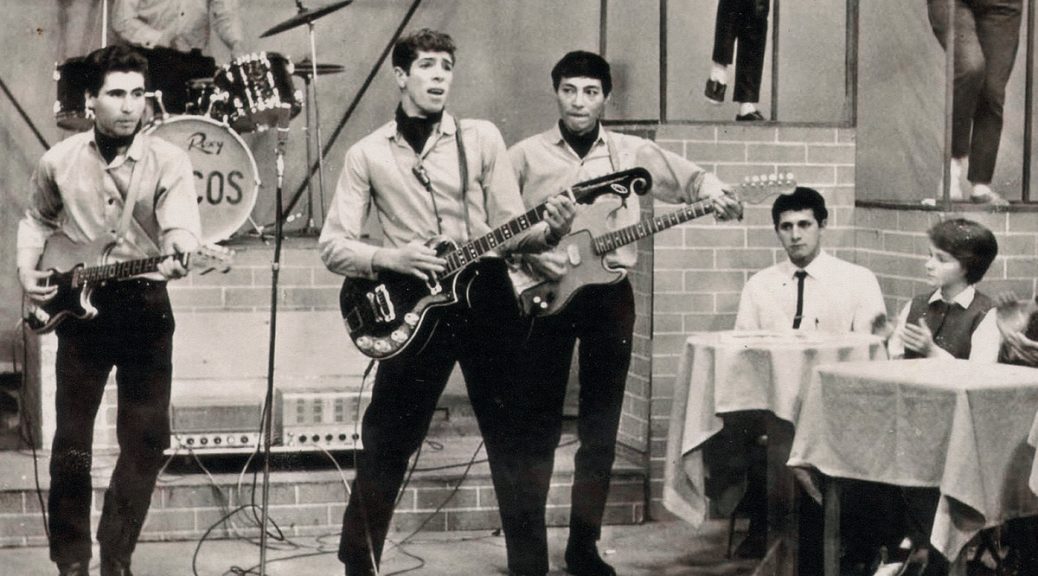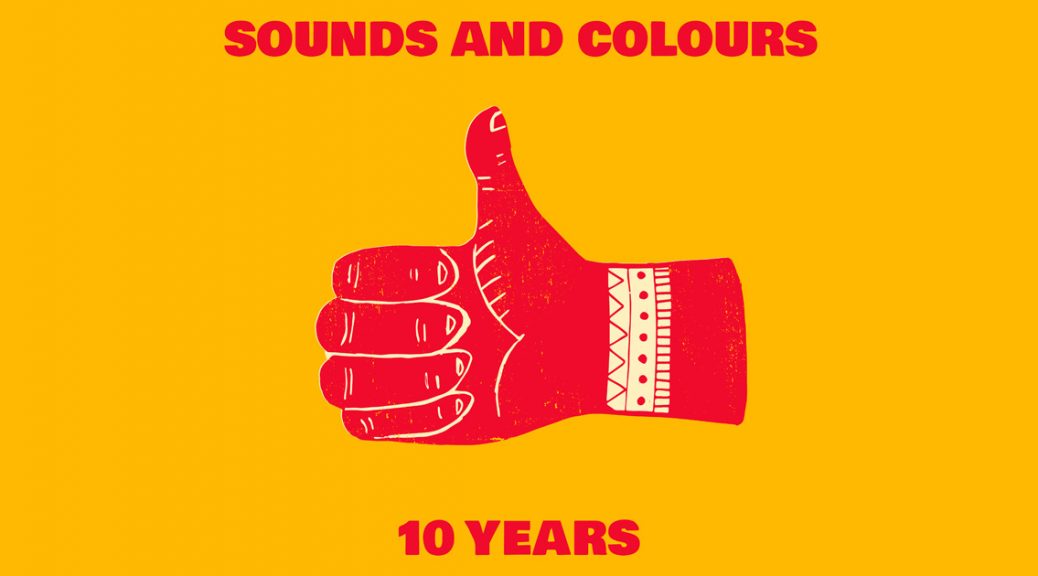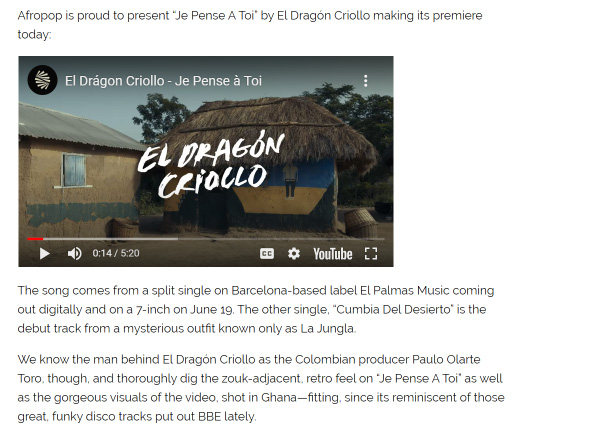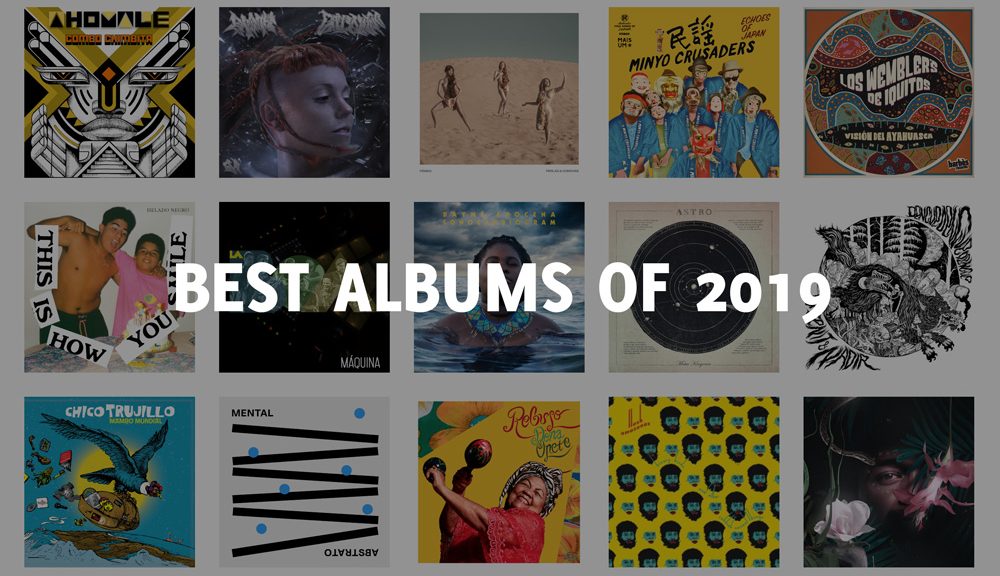I’m currently doing research for a feature on Totó La Momposina, who retired from performing last month at the age of 82, and found this fine response from photographer Nereo López in an oral biography of Gabriel García Márquez that was published online in the Paris Review. This is López talking about the Colombian contingent that accompanied García Márquez to Stockholm to collect his Nobel Prize for Literature in 1982:
We formed a delegation with the director of Colcultura in order to accompany the Nobel Laureate to Sweden. Singers like La Negra Grande and Toto, la Momposina; folk groups, a group from Barranquilla and a group from the Valle Province. There were 150 of us. They had told the vallenato musicians that Swedish girls went ape over Latin American men, so the guys went there ready, willing, and able to screw all the Swedish girls that crossed their paths. On the third day we said, “Hey, we haven’t gotten any calls yet. ” Seeing that the mountain wasn’t coming to Mohammed, we took Mohammed to the mountain, and we went to a striptease joint. What a joke! They were a bunch of nuns, all covered up, flashing an occasional breast. We were lodged onboard a comfortable but inexpensive ship while the guests of honor were put up in a first-class hotel. It was so cold, one of our crowd wanted to leave. He said: “The thing is that I have a problem and I need your help. When I go outside to take a leak I don’t find my penis.” He wondered how on earth he was going to go back to his country, where he had three women to respond to. When I asked him where he went to release himself, he told me that he went on deck. I told him that with four or five inches of snow, it was only natural for his penis to hide. I told him, “For goodness sake, man, what’s the matter with you? There is a bathroom downstairs.” At a restaurant, the woman behind the counter let out a shriek because Escalona was going to drink the vinaigrette, thinking it was some sort of fruit juice: “You’re drinking the salad dressing!” Aracataca had arrived in Stockholm!
